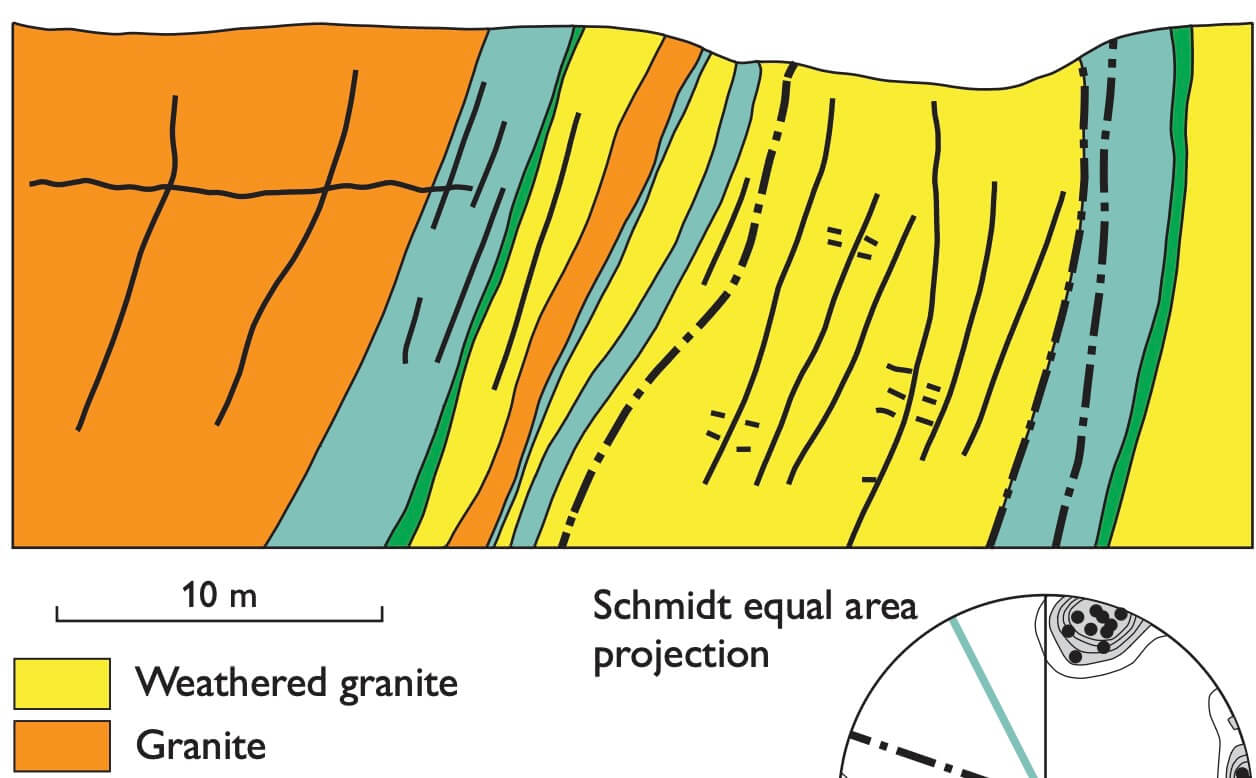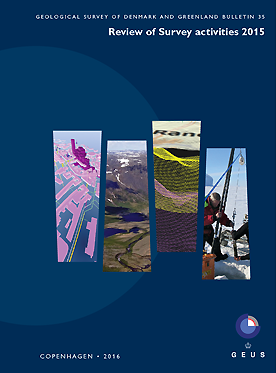
How to Cite
Share
Abstract
The pre-Quaternary sediments and rocks in Denmark generally have a low content of radioactive minerals and elements. Uranium, thorium and radium are built into mineral structures or are, for example, adsorbed on the surface of clay minerals, Fe-minerals or organic material. Radon (222Rn) is a radioactive noble insoluble gas with a half-life of 3.8 days. It belongs to the uranium (238U) decay chain where radon is formed from radium (226Ra). When Rn is formed by radioactive decay from Ra, the emanation process sends part of the radon produced into the pore spaces of rocks and soils. From here, the radon can enter and accumulate in buildings. The source of the radioactive materials in Danish sediments and rocks is primarily from weathered Precambrian crystalline rocks from Norway, Sweden, Finland and the Danish island of Bornholm. Physical and chemical weathering disintegrates these rocks and rivers transport the material into the Danish–Norwegian and Danish–Polish sedimentary basins.
How to Cite
Share
Downloads
Editors Adam A. Garde, Ole Bennike, Kristine Thrane and W. Stuart Watt
This issue of Review of Survey Activities presents a selection of 24 papers reflecting the wide spectrum of current activities of the Geological Survey of Denmark and Greenland, from the microscopic to the plate-tectonic level.
The Survey’s activities in Denmark are illustrated [...]










